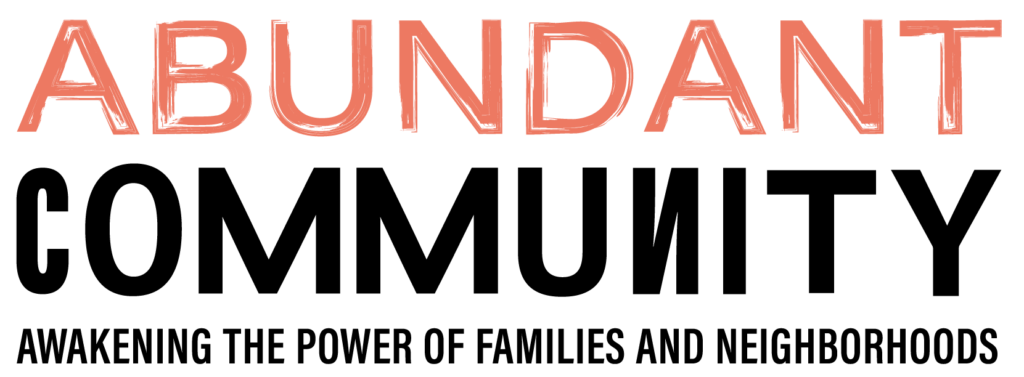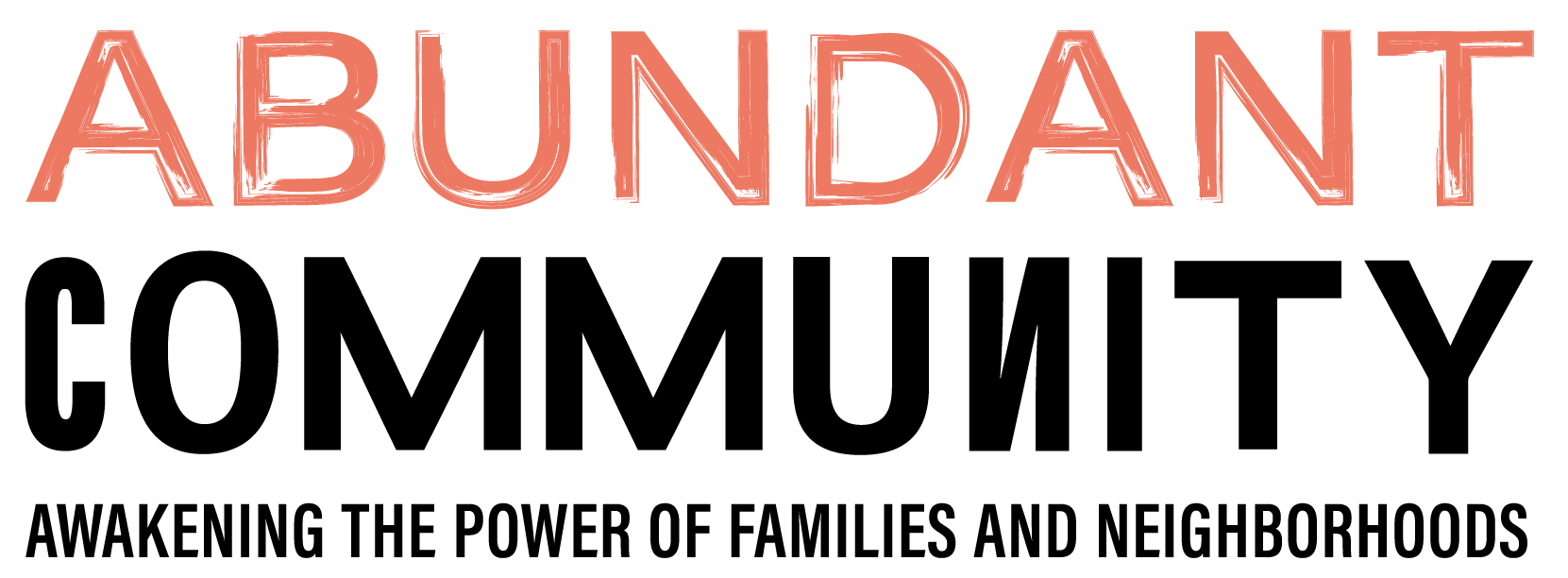Traditionally, these Learnings share knowledge we have gained from innovative neighborhood and local institutional leaders. This Learning is different because in it a great institutional innovator speaks for himself.
The innovator speaking here is Mike Butler, Retired Public Safety Chief of Longmont, Colorado. He oversaw police, fire, and other social services for 26 years in the City of Longmont (population 97,261 in 2019.
In this Learning, the Chief describes his approach to transforming the Department into a neighborhood support unit enhancing more powerful social capital.
The reason he is speaking for himself is because the transformation he describes could apply to many other institutions including city governments, education systems, social service agencies, public health systems, religious institutions, etc.
* * * * *
Chief Mike Butler on Five Keys for Institutional Transformation
Opening Up/Transparency – Initially, we modeled this with our staff. Opening up meetings for anyone to attend; realigning the organization so that our staff could become part of the decision-making process (at all levels both big and small); teaching and education regarding business literacy removed much of the mystery on “how things got done;” making it safe for people to take risks and make mistakes; creating a culture of accountability where personal and peer accountability became paramount. All of this led to our staff feeling more comfortable and less threatened with the residents of our community significantly greater involvement in everything we did – from attending staff meetings; assisting in the development and modification of policies and procedures; assisting in the hiring and other personnel decisions (including one of the last bastions of mystery – our discipline process); engagement in our strategic planning processes; and to assist in actually providing services; and much more. There was not an organizational arena that our residents were not engaged in.
The Right People for our Mission – We not only shifted our hiring profiles to recruit for new and enlightened skill sets but also for women and men who believed they could bring their goodness to our community; who had the wherewithal to utilize our enforcement powers judiciously and more selectively; who were oriented towards wanting to cultivate and sustain personal relationships; who were service-oriented; who could easily and wanted to choose personal accountability; and who had the capacity to apply a variety of responses in their interaction with often messy human circumstances, etc.
Redefining our Role in the Community – We became surfacers and activators of social capital. We shifted from a mindset of enforcers in the community (often referred to as the thin blue line) to partners with the people in our community. We dislodged ourselves from the hip of the criminal justice system and connected much more with the heart of our community. We saw ourselves as catalysts for strengthening families, neighborhoods, various parts of our community and those people who resided in the margins (folks struggling with addiction, mental health, unsheltered, victims of crime and others who believed they were voiceless.
Personalization and Belonging – We created a culture of belonging and personal relationships. We believed that in a society so disconnected and isolated that if we could encourage people to feel and believe they belonged, they would want to become more engaged and make a difference. This applied to both the cultures of our organization and our community. The hoped for sequential residual was if our public safety staff (police and fire) felt and believed their voices counted and their thoughts mattered and that they were appreciated and valued, they would model that relationship dynamic in our community with our residents, various neighborhoods and the community at large.
Change Model/ Strategy – The change model we utilized in both our organization and our community was firmly based in recognizing the goodness that was present and expanding that goodness with the understanding that the expanded goodness would eventually crowd out the negative, the perceived deficiencies, the unwanted behaviors, and develop environments and a culture in which selflessness, personal responsibility, respect, and service to others would become more apparent and integrated within individual people, our organization, our neighborhoods, and perhaps especially in those who committed crimes in our community (with some exceptions).
The leadership model shifted from top-down, command and control all enshrouded with the free flow of numerous rules and regulations to one of leaders working in partnership with our staff and creating a culture of openness and safety in which people believed their voices counted and their thoughts mattered.
We shifted our response in our community from one of merely reacting to small fires and problem solving to one of preparing for future shifts and changes in social issues, demographics, various cultures and even types of crimes. We became very futures-oriented in our approach to all the above- mentioned practices. We became much more reliant on state-of- the-art futures research, long range strategic planning, and just generally thinking ahead. This model of planning and preparation for the future assisted greatly in minimizing and eliminating many crises that other police departments encountered, provided us a blueprint for the paths and algorithms we needed to consider, encouraged our staff to think and become more innovative, and as an unintended consequence, made us a significant fertile ground organization that grantors and foundations were eager to fund for new service delivery models, programs and novel perspectives. On this last point, the venture capitalists in the world of public funding were much more willing to “place their bets” and invest in us. As a side note, many of our staff became leading trainers and educators around our nation in many of the various aspects of what some have called progressive policing.
All of the above-mentioned made our public safety department a highly desired place to work. Our reputation for high standards, innovation, a place that valued opportunities for their staff, a model of trust and partnership with our community, and overall credibility in the public safety field additionally led to more personal aspirations and ownership on the part of our staff and our community.
* * * * *
For a more detailed description of Chief Butler’s innovations, watch: The Transformation of the Functions of Communities and Police (video) or visit the ABCD Institute website at abcdinstitute.org; Publications & Learnings; Community Security; The Transformation of the Functions of Communities and Police.
Going Further:
- The Transformation of the Functions of Communities and Police (video) (McKnight / Butler)
- Effective Police Reform: The Transfer of Authority (McKnight / Butler)
- The Role of Community in Reducing Crime and Securing Peace (Doner)
- An Invitation to Belonging Conversation with Mike Butler (McKnight and Block)


